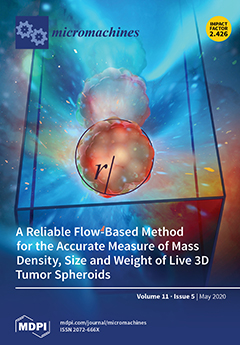In this study, CoFe
2O
4 is selected for the first time to synthesize CoFe
2O
4/Al nanothermite films via an integration of nano-Al with CoFe
2O
4 nanowires (NWs), which can be prepared through a facile hydrothermal-annealing route.
[...] Read more.
In this study, CoFe
2O
4 is selected for the first time to synthesize CoFe
2O
4/Al nanothermite films via an integration of nano-Al with CoFe
2O
4 nanowires (NWs), which can be prepared through a facile hydrothermal-annealing route. The resulting nanothermite film demonstrates a homogeneous structure and an intense contact between the Al and CoFe
2O
4 NWs at the nanoscale. In addition, both thermal analysis and laser ignition test reveal the superb energetic performances of the prepared CoFe
2O
4/Al NWs nanothermite film. Within different thicknesses of nano-Al for the CoFe
2O
4/Al NWs nanothermite films investigated here, the maximum heat output has reached as great as 2100 J·g
−1 at the optimal thickness of 400 nm for deposited Al. Moreover, the fabrication strategy for CoFe
2O
4/Al NWs is also easy and suitable for diverse thermite systems based upon other composite metal oxides, such as MnCo
2O
4 and NiCo
2O
4. Importantly, this method has the featured advantages of simple operation and compatibility with microsystems, both of which may further facilitate potential applications for functional energetic chips.
Full article






